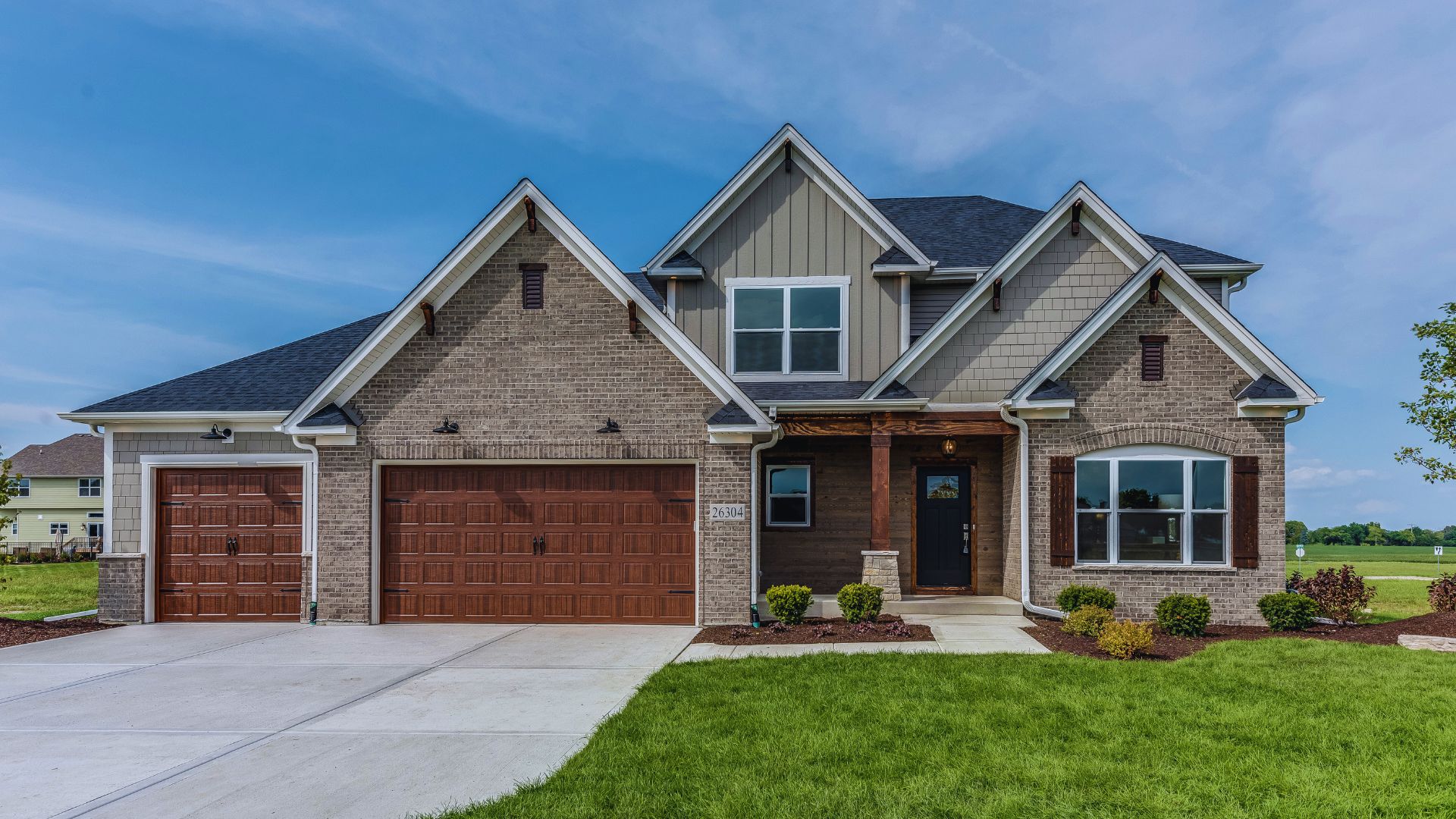As the world grapples with the effects of climate change, one undeniable outcome is the amplification of extreme weather events. Burning fossil fuels, deforestation, and industrial processes have led to a considerable increase in greenhouse gases, such as carbon dioxide and methane, in the Earth’s atmosphere. This has increased the average global temperature by roughly one degree Celsius, making storms, wildfires, and floods happen more often and with more intensity.
These catastrophic events increase the likelihood of property damage, pushing insurance providers to re-evaluate their strategies and triggering a ripple effect that impacts every homeowner. Insurance firms are revising their risk assessments, changing eligibility requirements, and raising insurance premiums.
Let’s explore how climate change poses the challenge of insuring homes in high-risk areas and what that means for you as a homeowner.
Sharp Increase in Insurance Premiums
Premiums are the price you pay for your policy. They are calculated based on the level of risk the insurer assumes on your behalf. Insurers use actuarial science to analyze past data, forecast future risks, and calculate a price that covers potential claims and operational costs while yielding a reasonable profit. The final premium is determined by the property’s location, age, construction type, local crime rates, and the homeowner’s claim history. Extreme weather events can also impact premiums because of the increased risk of property damage. As climate change continues to make these events more frequent, insurance premiums will likely rise in the affected areas.
Limited Policy Coverage and Availability
Wildfires in British Columbia and Alberta, floods in Quebec, and hurricanes on the Atlantic coast are becoming increasingly common, causing financial strain to insurance companies. The escalating frequency and intensity of such events strain the capacities of insurance companies. As certain areas become more susceptible to extreme weather events, some insurers may limit their coverage, increase deductibles, or decline to insure homes in these high-risk areas altogether. This change could leave homeowners in certain areas with limited options for home insurance.
For instance, policies might exclude or limit smoke or fire damage coverage in areas prone to wildfires. For homes in flood-prone zones, insurers may offer limited coverage for water damage or require a separate flood insurance policy. In extreme cases, insurance companies may not insure homes in high-risk areas altogether, as evidenced in parts of California facing recurrent wildfires.
Limiting coverage helps insurers balance the need to provide a service and protect themselves against large-scale payout scenarios. However, it shifts the financial responsibility onto homeowners, and you may need to purchase additional policies or pay out-of-pocket for damages not covered.
Decrease in Property Values
Homes in areas prone to intense climatic events may decrease in value due to the increased risks. Buyers may be less willing to invest in properties where they’ll face higher insurance premiums, potential damage, or the risk of losing their homes entirely.
Properties located near the coast can also lose value due to rising sea levels and increased coastal erosion. Once highly coveted for their views and proximity to water, these coastal properties may become less desirable if they’re at risk of flooding or falling into the sea due to erosion.
Long-term shifts in the surrounding environment may also affect property values. For example, if a region becomes significantly hotter and drier, water supplies might dwindle, green spaces could diminish, and the overall livability of the area may decline. This can make the region less appealing to potential home buyers, decreasing property values.
If property values in a particular area decrease significantly due to climate-related risks, some insurance companies may charge higher premiums or pull out of the market.
Protect Your Home from Climate Change
Certain home improvements can help mitigate the risks associated with climate change. For instance, if you live in a wildfire-prone area, consider using fire-resistant materials for roofing and siding. Landscaping with fire-resistant plants and creating a buffer zone around your home can also lower your risk. Installing a sump pump, backwater valves, or elevating electrical systems in flood-prone areas can reduce potential flood damage. Improvements like these can lower your risk profile and potentially lower insurance premiums.
Consider participating in government initiatives like FireSmart, a Canada-wide initiative designed to help residents, communities, and industries reduce the risk of damage from wildfires. The program is based on scientific research into how wildfires spread and how to prevent property damage. It provides a series of practical tools and resources to help individuals and communities manage the risk of wildfires. These measures can make homes safer and provide peace of mind for homeowners living in wildfire-prone areas.
Navigating the real estate market, whether you’re buying or selling a home, can be a complex journey. RE/MAX Canada can guide you every step of the way. Our agents have extensive experience, local expertise and are committed to helping you reach your goals. Contact us to schedule a consultation.






